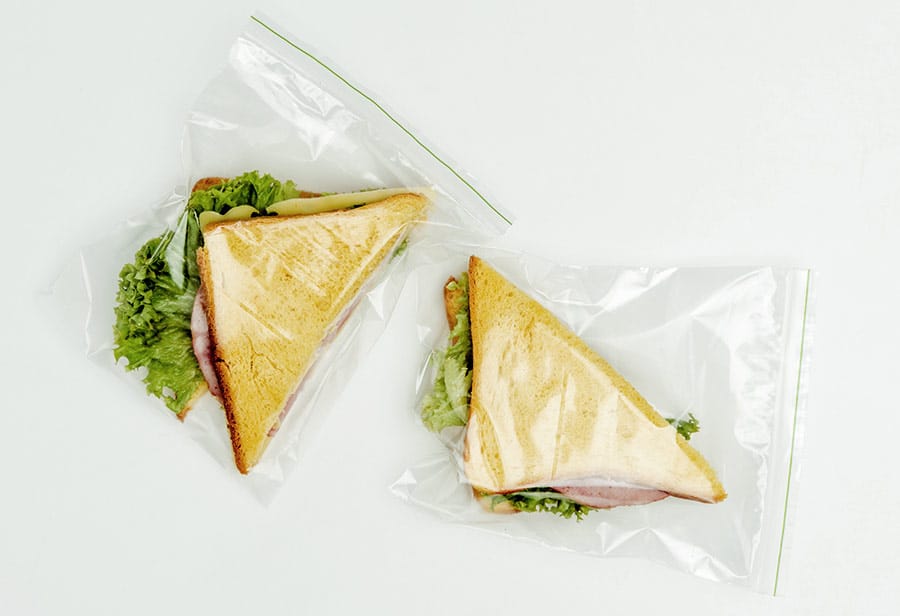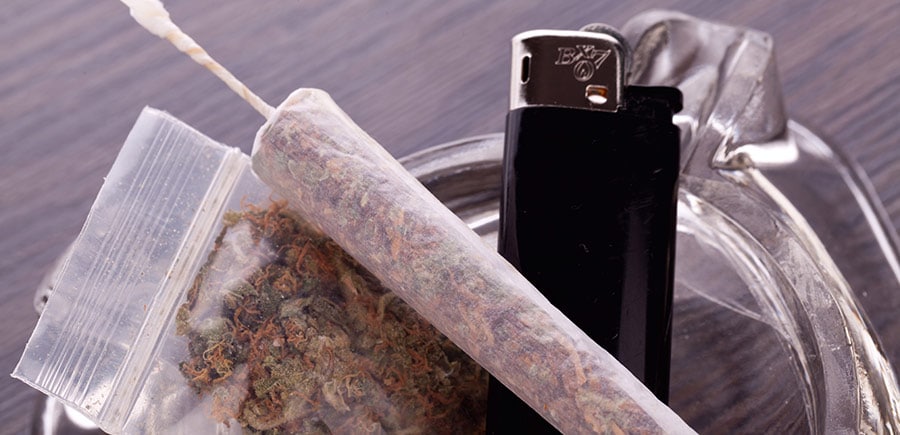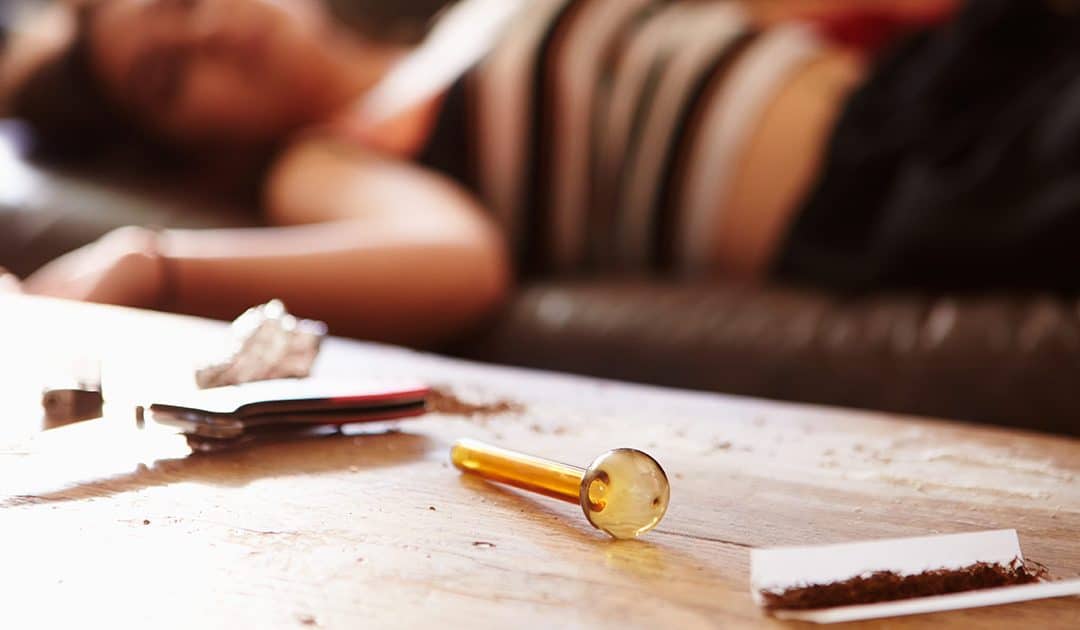Last Updated: 07.28.2020
What is drug paraphernalia?
Drug paraphernalia charges in Maryland can be confusing because they can be so broad. Drug paraphernalia is a term used to denote any equipment, product, or material that is modified for making, using, or concealing drugs. They are typically forrecreational purposes. The term is often with a slightly negative connotation due to its use in the criminal law field (e.g. “possession of drug paraphernalia”).
Drugs such as cocaine, heroin, marijuana, and methamphetamine are related to a wide range of paraphernalia. Paraphernalia generally falls into two categories including user-specific products and dealer-specific products.
User-specific products include:
- glass hashish pipes
- crack cocaine pipes
- smoking masks
- hashish
- bongs
- cocaine freebase kits
- syringes
- roach clips for holding the burning end of a marijuana “joint”
Some stores sell items for growing hydroponic marijuana, such as:
- guidebooks
- fertilizer
- and fluorescent grow-lights
The term paraphernalia also refers to items such as:
- hollowed-out cosmetic cases
- fake pagers when used to conceal illegal drugs
- or products purported to cleanse an individuals system of drug residues to increase the individual’s chance of passing a urine analysis for drug use.
Dealer-specific products are used by the drug sellers or traffickers for preparing drugs for distribution. Items such as:
- digital scales
- vials
- and small zipper storage bags that can be used to sell crack, heroin, or marijuana fall into this category.

Your sandwich is NOT illegal
So charges usually starts one of three ways..
- Client was arrested in Maryland with a controlled dangerous substance such as marijuana. They were also in possession of a smoking device like a one-hitter, vaporizer, or bowl
- Client was in possession of marijuana or cocaine, which was contained in a bag. Even a normal household sandwich bag
- Police tried to arrest the client for drug possession. However, all client had was a smoking device, plastic bag, or container
Facing Drug Paraphernalia Charges in Maryland
So you have been given a uniform Maryland citation, or formally arrested and charged with possession of drug paraphernalia under Maryland code annotated 5-619 or 5-620.
The two relevant statutes are summarized below. There are other subsections. But these are the applicable portions for the subject matter we are discussing.
Maryland Code Annotated 5-619: Drug Paraphernalia
Use or possession with intent to use; penalty; medical necessity.
- Unless authorized under this title, a person may not use or possess with intent to use drug paraphernalia to:
- plant, propagate, cultivate, grow, harvest, manufacture, compound, convert, produce, process, prepare, test, analyze, pack, repack, store, contain, or conceal a controlled dangerous substance; or
- inject, ingest, inhale, or otherwise introduce into the human body a controlled dangerous substance.
- A person who violates this subsection is guilty of a misdemeanor and on conviction is subject to:
- for a first violation, a fine not exceeding $ 500; and
- for each subsequent violation, imprisonment not exceeding 2 years or a fine not exceeding $ 2,000 or both
Maryland Code Annotated 5-620: Controlled Paraphernalia
It is illegal to possess or distribute controlled paraphernalia under circumstances that reasonably indicate an intention to use the controlled paraphernalia for purposes of illegally administering a controlled dangerous substance.
The penalty can be up to 1 year of incarceration and a $1,000 fine.
Are There Defenses to Drug Paraphernalia Charges?
The following are some of the medical-legal arguments:
Medical Necessity as an Affirmative Defense
Debilitating medical condition” means a chronic or debilitating disease or medical condition or the treatment of a chronic or debilitating disease or medical condition that produces one or more of the following, as documented by a physician with whom the patient has a bona fide physician-patient relationship:
- cachexia or wasting syndrome;
- severe or chronic pain;
- severe nausea;
- seizures;
- severe and persistent muscle spasms; or
- any other condition that is severe and resistant to conventional medicine.

- In a prosecution under this subsection involving drug paraphernalia related to marijuana, the defendant may introduce and the court shall consider as a mitigating factor any evidence of medical necessity.
- Notwithstanding paragraph (2) of this subsection, if the court finds that the person used or possessed drug paraphernalia related to marijuana because of medical necessity, on conviction of a violation of this subsection, the maximum penalty that the court may impose on the person is a fine not exceeding $ 100.
- In a prosecution under this subsection involving drug paraphernalia related to marijuana, it is an affirmative defense that the defendant used or possessed drug paraphernalia related to marijuana because:
- the defendant has a debilitating medical condition that has been diagnosed by a physician with whom the defendant has a bona fide physician-patient relationship;
- the debilitating medical condition is severe and resistant to conventional medicine; and
- marijuana is likely to provide the defendant with therapeutic or palliative relief from the debilitating medical condition.
- The affirmative defense may not be used if the defendant was:
- using marijuana in a public place; or
- in possession of more than 1 ounce of marijuana.
Factual Defenses for Drug Paraphernalia Charges
There are also factual defenses. In the statute, there is a list of factors for the court to consider in deciding if the item a client possessed meets the legal definition. Below is a list of factors:
- any statement by an owner or a person in control of the object concerning its use;
- any prior conviction of an owner or a person in control of the object under a State or federal law relating to a controlled dangerous substance;
- the proximity of the object, in time and space, to a direct violation of this section or to a controlled dangerous substance;
- a residue of a controlled dangerous substance on the object;
- direct or circumstantial evidence of the intent of an owner or a person in control of the object to deliver it to another who, the owner or the person knows or should reasonably know, intends to use the object to facilitate a violation of this section;
- any instructions, oral or written, provided with the object concerning its use;
- any descriptive materials accompanying the object that explain or depict its use;
- national and local advertising concerning use of the object;
- the manner in which the object is displayed for sale;
- whether the owner or a person in control of the object is a licensed distributor or dealer of tobacco products or another legitimate supplier of related items to the community;
- direct or circumstantial evidence of the ratio of sales of the object to the total sales of the business enterprise;
- the existence and scope of legitimate uses for the object in the community; and
- expert testimony concerning the use of the object.
Bottomline on Drug Paraphernalia Charges in Maryland
SANDWICH BAGS and TUPPERWARE are not illegal in Baltimore City or County, Howard County, Harford County, or ANYWHERE in Maryland.
It is the manner in which such items are used which can lead to a charge involving such innocent items. If you have such a charge you should immediately consult an experienced attorney.
Many inexperienced attorneys lead their clients to believe that this charge is not serious. As clients rarely face jail time.
However, if you have a job, security clearance, or are not a citizen of the USA (read here for immigration consequences) this IS a DRUG CHARGE, and a violation of Maryland’s laws concerning Controlled Dangerous Substances.
So please call your favorite ENLawyer Jeremy Eldridge to set up a free consultation. As former prosecutors who literally handled thousands of narcotics cases, I know how to handle your case!

